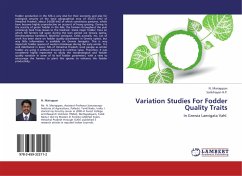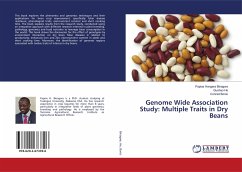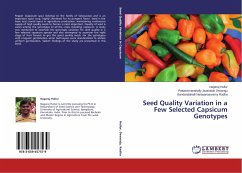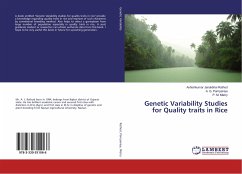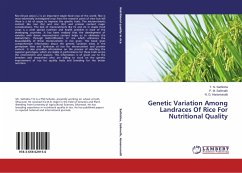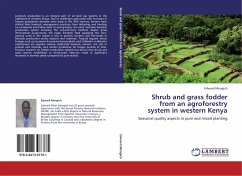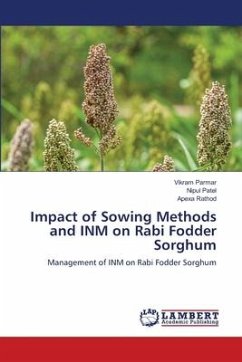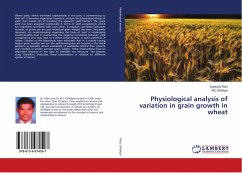Fodder production in the hills is very vital for their economy and also for ecological security of the total geographical area of 55,673 km2 of Himachal Pradesh, about 24,000 km2 of which constitutes pastures, which have become highly unproductive on account of heavy grazing. Owing to the scarcity of green fodder in the hills, the farmers throughout the year commonly feed trees leaves to the livestock. Some major fodder trees on which hill farmers fall upon during the lean period are Grewia optiva, Dendrocalamus hamiltonii, Bauhinia variegata, Celtis australis, etc. Lot of work has been done on fodder quality parameters in Grewia optiva, but very little information is available on Grewia laevigata. This is very important fodder species of western Himalayas during the early winter. It is well distributed in lower hills of Himachal Pradesh; local people as winter fodder are using it without knowing its nutritive value. Therefore, it was considered highly imperative to study the morphological and fodder quality variation in some of its leaf fodder parameters, with a view to encourage the farmers to plant this species to enhance the fodder productivity.

